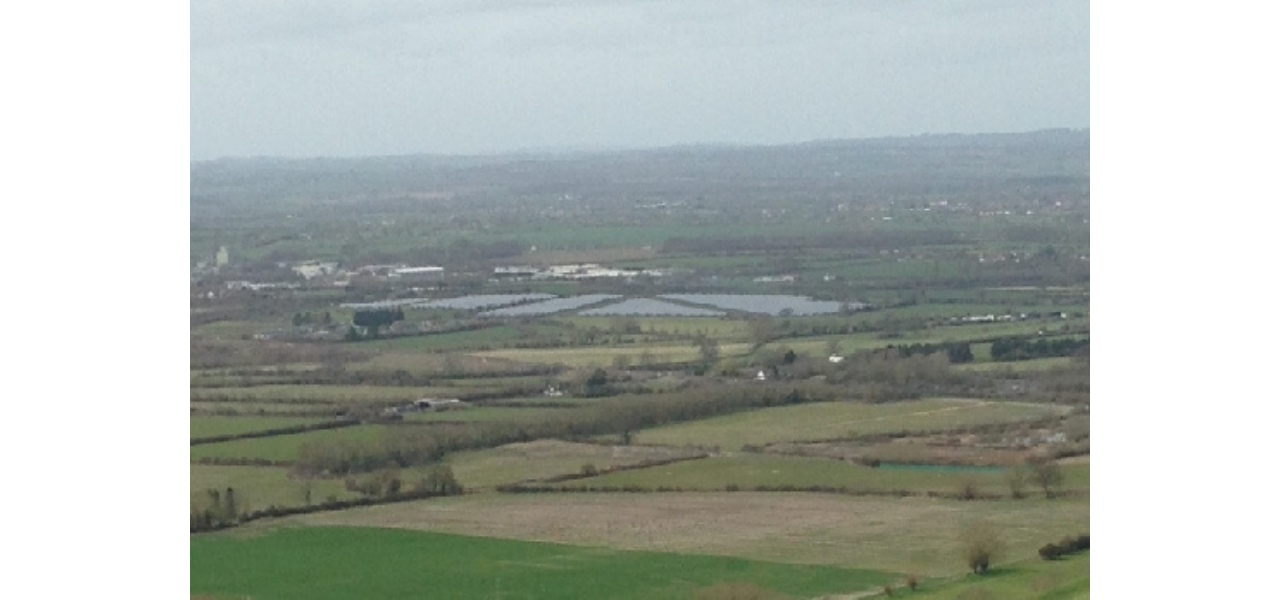Solar arrays in Wiltshire

CPRE Wiltshire Position on solar arrays
The Campaign for the Protection of Rural England Wiltshire (CPRE Wiltshire) recognises that solar energy can make a contribution to reducing carbon emissions and increasing energy security. It believes that the most suitable location for solar technologies is on large-scale industrial and other buildings with major roof surfaces. However, it recognises that ground-mounted solar farms have potential benefits if their location and impact meet certain criteria.
Assessment of solar photo-voltaic (SPV) applications in Wiltshire.
CPRE Wiltshire will evaluate applications for SPV farms on a case-by-case basis, and by reference to a series of planning principles and relevant guidance
Large solar array applications, over 50MW, are determined according to the procedure for National Strategic Infrastructure Projects and are determined by the Secretary of State.
Small scale sites follow the planning procedure for all development applications and are determined by the Local Planning Authority.
In either case the applications must conform to the relevant sections of the National Planning Policy Framework (NPPF) Chapter 15, Conserving and Enhancing the Natural Environment , the Wiltshire Local Development Framework current Core Policies 42 and 51, draft Core Policies 86 and 91, and should be consistent with the principles in the Government’s Planning Practice Guidance Note and the management plans for the National Landscapes (formerly known as AONBs) and other protected sites in the county.
We have particular regard to the Planning Practice Guidance, Renewable and Low-Carbon Energy, which states that in considering planning applications:
· The need for renewable or low carbon energy does not automatically override environmental protections
· Cumulative impacts require particular attention, especially the increasing impact as the number of solar farms in an area increases
· Local topography is an important factor in assessing whether large scale solar farms could have a damaging effect on landscape and recognise that the impact can be as great in predominately flat landscapes as in hilly or mountainous areas
· Great care should be taken to ensure heritage assets are conserved in a manner appropriate to their significance and on the impact of proposals on views important to their setting
· Proposals in National Parks and National Landscapes and in areas close to them where there would be an adverse impact
· Protection of local amenity should be given proper weight in any decision making
With respect to the cumulative landscape and visual impact of multiple solar array applications within a wider area, Planning Practice Guidance emphasises that this does not depend simply on being able to see two arrays or more at the same time and it should not be assumed that a new application will not create cumulative impact just because no other sites will be visible from it.
When assessing specific applications CPRE will particularly consider:
· Site location with regard to development size, elevation, built context and zone of visual influence.
· Designated Area status, heritage assets and historic environment
· Intervisibility and cumulative visual impact especially the effect of glint and glare
· The requirement to use brownfield land and rooftops before considering the use of agricultural land of the lowest grade.
· The proposals put forward for decommissioning. This includes the arrays and the BESS (battery energy storage systems) units.
· The potential risks of BESS units and proper engagement with the local fire and rescue authority.
The deployment of large-scale solar farms has the potential for major negative impact on the rural environment, particularly in undulating landscapes.
The issue of large scale solar farms was debated by MPs in Westminster Hall on 18th April 2024 and is subject to growing countrywide growing concern.



